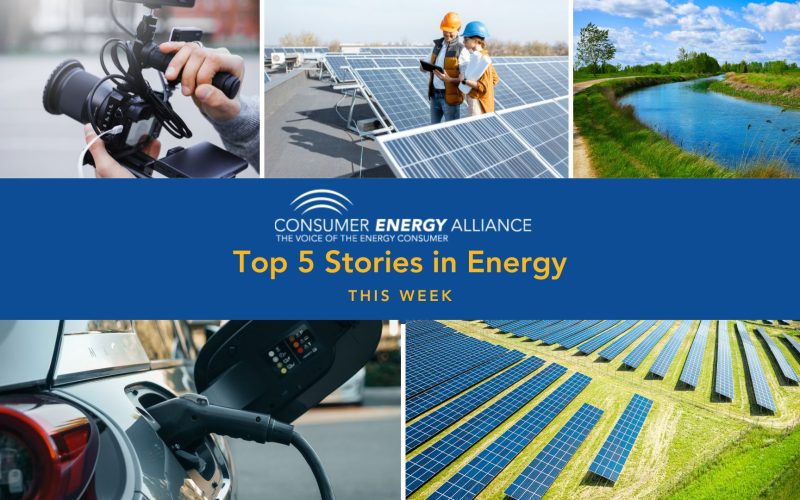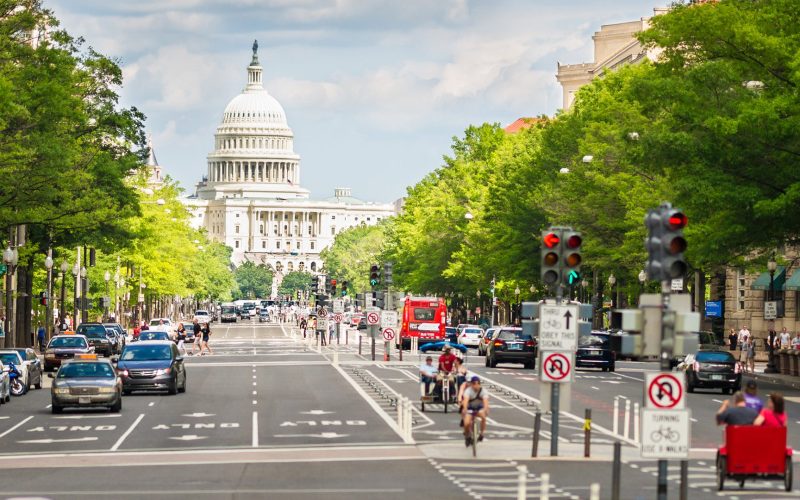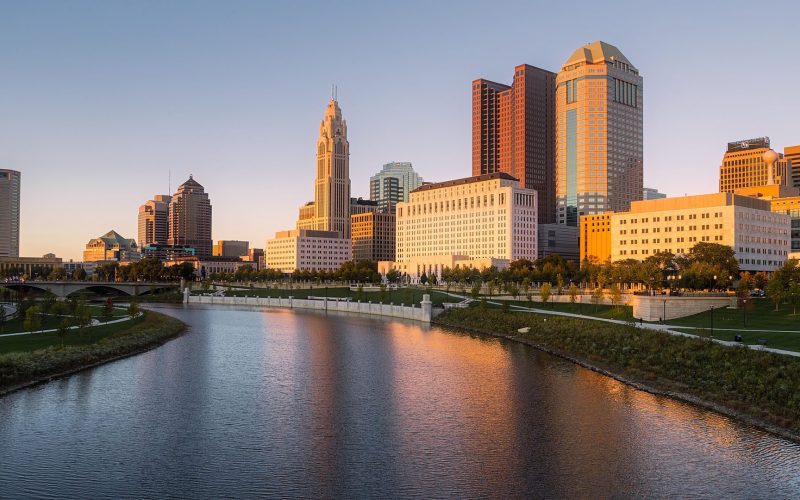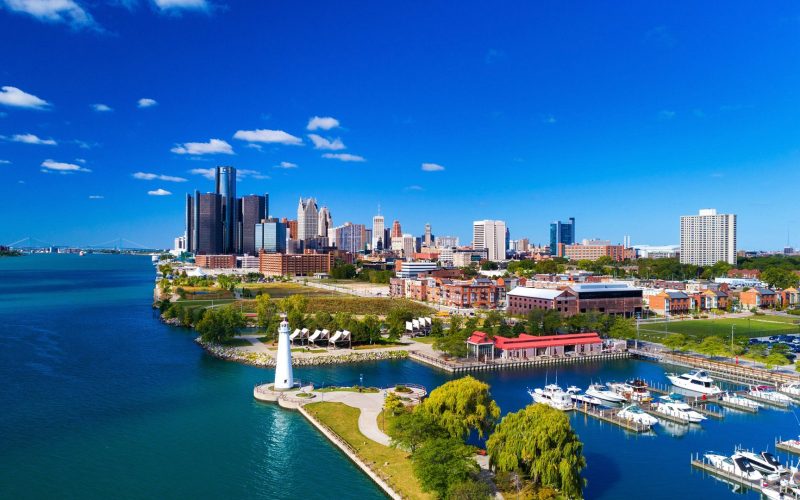THE VOICE FOR THE ENERGY CONSUMER

WASHINGTON, D.C. – Consumer Energy Alliance (CEA), the leading energy and environmental advocate for families and businesses, today sent letters urging state leaders across America to support policies to increase.

As Ukrainians enter their third week of fighting to defend their country from Russian occupiers, American GOP Senators are attempting ban Russian oil imports by adding language to a House-passed.

CEA’s Kevin Doyle joined The Global Lane on CBN News to discuss how commonsense energy policies can help the Biden Administration fulfill promises to America’s allies while also proving lower,.

TALLAHASSEE, FL – Consumer Energy Alliance (CEA) released the following statement by CEA Florida Executive Director Kevin Doyle after the Governor’s Roundtable Event on Energy Policy in Doral today: “We.

WASHINGTON, D.C. – Consumer Energy Alliance (CEA) released the following statement about the Senate Energy and Natural Resources Committee hearing on Thursday entitled “The Use of Energy as a Tool.

WASHINGTON, D.C. – Consumer Energy Alliance (CEA) released the following statement in response to reports that the Biden Administration plans to ban Russian oil imports, while seeking oil from Iran.

Consumer Energy Alliance Releases Report Highlighting the Economic Harm that a Line 5 Closure Will Have on Midwestern Families, Businesses and Industries LANSING, MI – Shutting down the Line 5.

Consumer Energy Alliance Releases Report Highlighting the Economic Harm that a Line 5 Closure Will Have on Ohio’s Families, Businesses and Industries COLUMBUS, OH – Shutting down the Line 5.

Consumer Energy Alliance Releases Report Highlighting the Economic Harm that a Line 5 Closure Will Have on Michigan’s Families, Businesses and Industries LANSING, MI – Shutting down the Line 5.